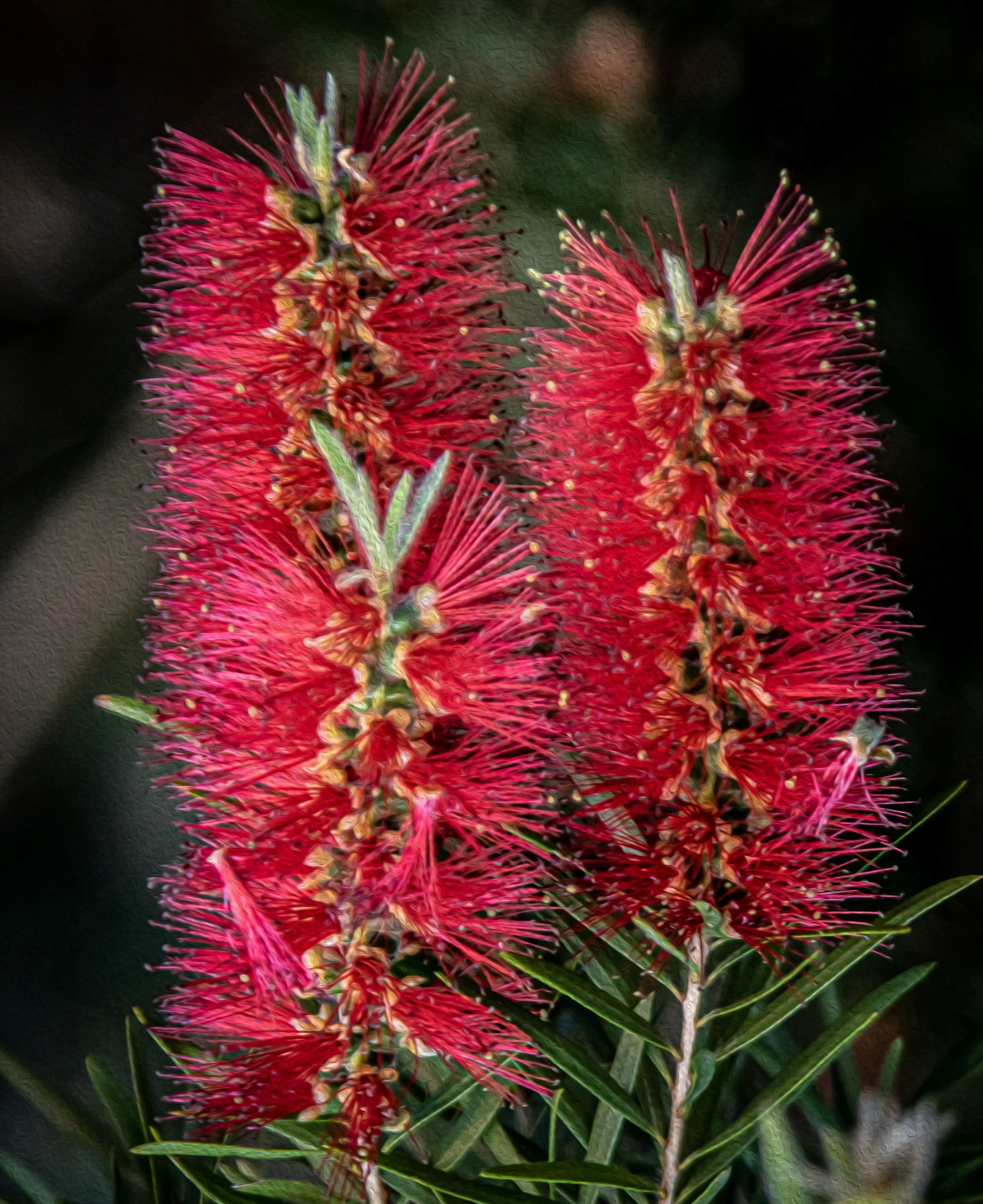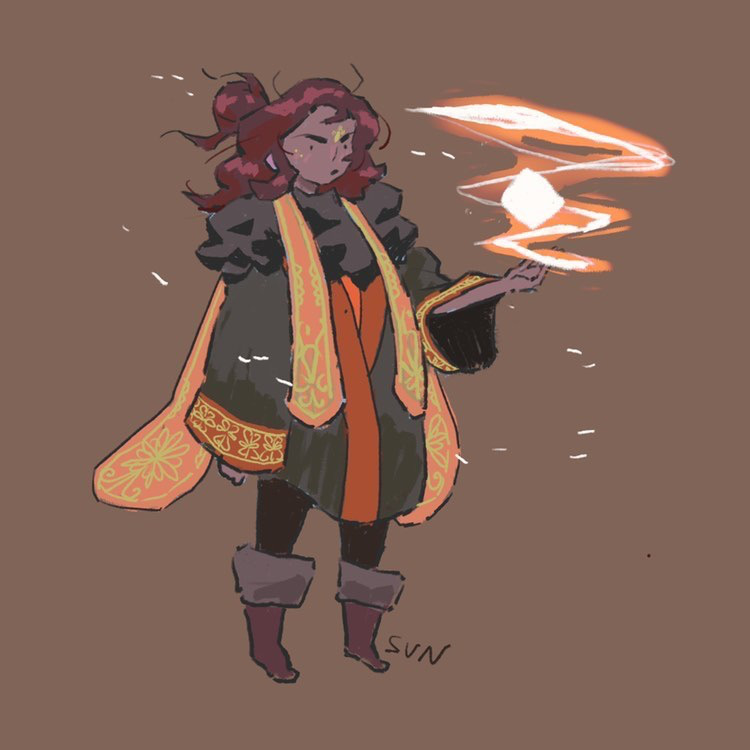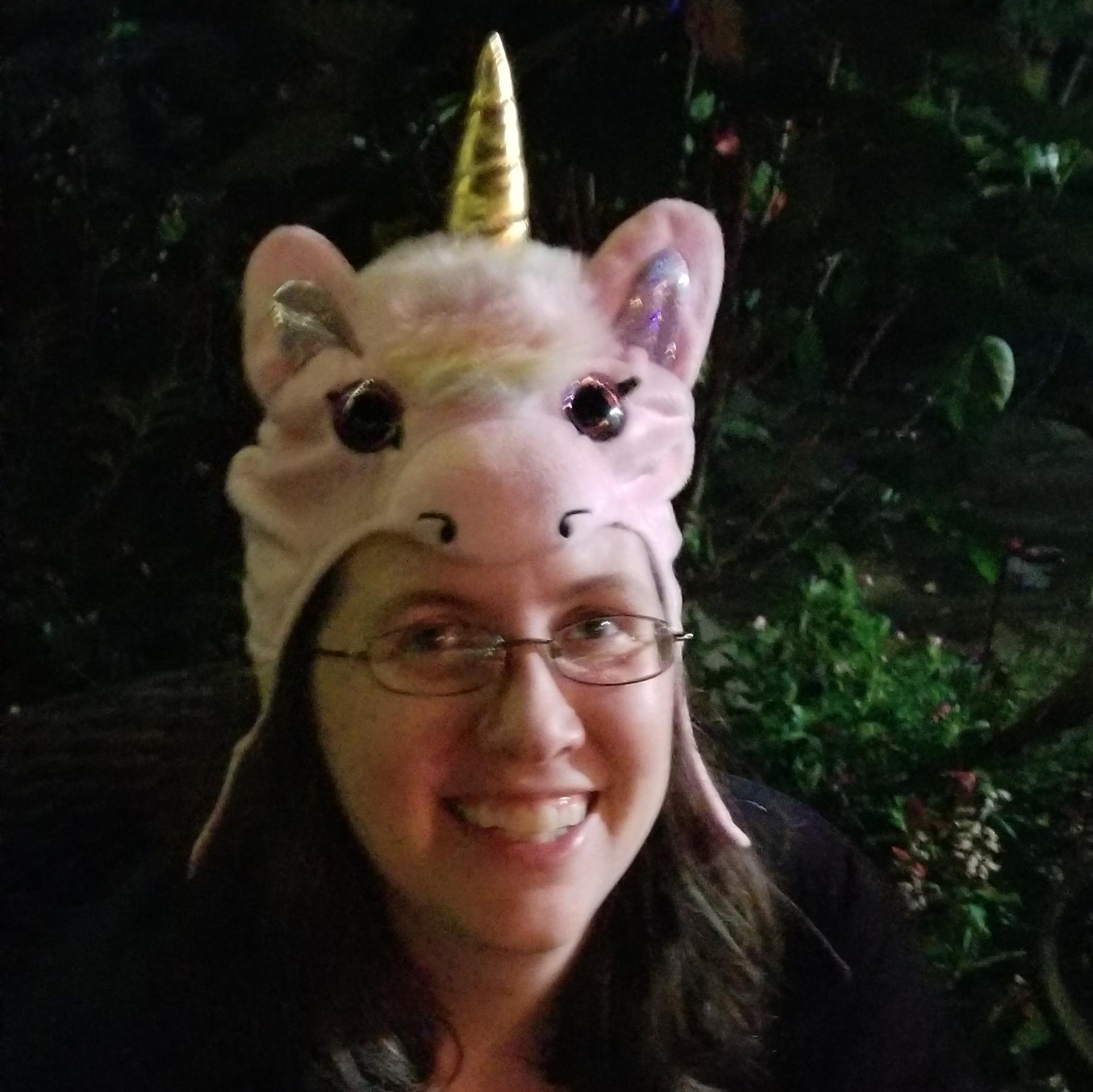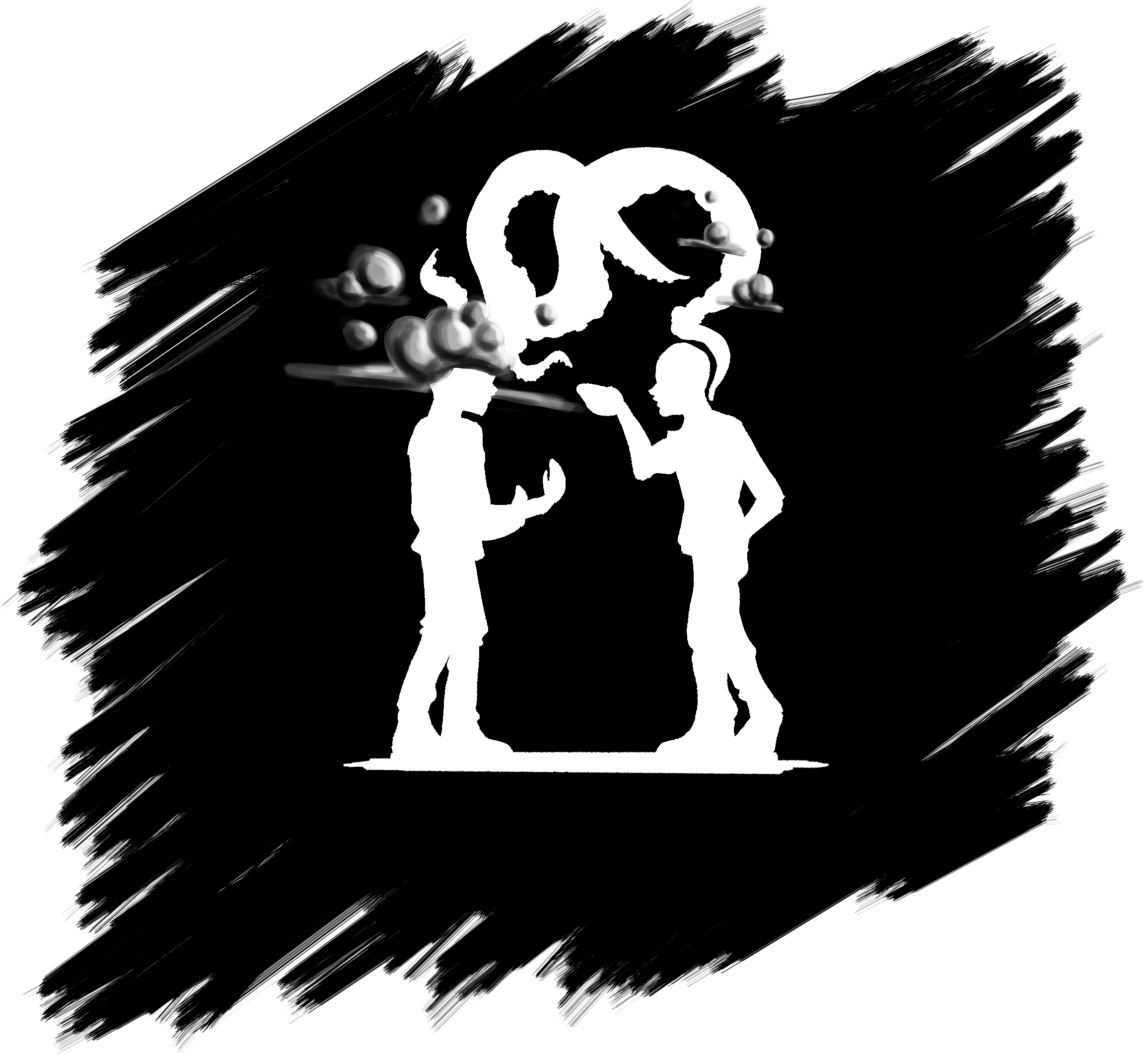Thunderclaw
A widespread herbaceous plant. It can be a bothersome obstacle or a varied resource.
I saw sparks down by the meadow, alert the rest of the village. Something may be coming our way.
Description
Thunderclaw is a medium-height plant. It is a plant of large green leaves when observed up close, yet fluffy white from a distance. This is due to white fuzz that tightly covers the surface of the leaves. It reaches 1 meter tall once it is mature, and during flowering, the plant can reach heights of 1.5 meters tall, thanks to the elongated floral spikes. The flowers are a beautiful bright, light pink and grow clustered together at the very top of the plant. They are pollinated by small insects, which flutter about the thunderclaw patches safely, as their minute body size does not trigger the thunderclaw's electricity release. The scent of the flowers is reminiscent of ozone.A unique method of seed dispersal
Thunderclaw seeds are relatively heavy in comparison to similar-sized plants. When the seeds mature, they fall onto the leaves, triggering the electric discharge. This sends the seeds scattering in all directions, usually at pretty impressive distances. The seeds need electricity not only for dispersal but also to germinate. Thunderclaw seeds which do not receive a substantial amount of electricity, do not grow. Once the seeds have received a shock of electricity, they can only germinate if they receive a substantial amount of water in their first weeks of life. The seedlings do not produce electricity during this time, so they are particularly vulnerable to herbivorous predators.Harvesting
You don't harvest thunderclaw in foggy or rainy days, unless you want your skin crispy like a cooked witchetty grub. And never forget to keep the scythe's tassel touching the ground and away from you.
The right tool
The right weather
Uses
Medicinal
A poultice is made with the smashed leaves, which is applied to ulcers and boils. The white fuzz of the leaves is scraped and used as bedding material for people suffering nightmares and other sleep problems. The green parts are used in a tonic against feebleness, taken during seasonal changes.Edible
Before the flower spike opens its buds, it is a prized snack. The buds are said to provide a "popping" feeling in the mouth with a sweet and sour taste. Burrowing animals, however, live in between the root system. They are a prized catch and worth the effort of careful excavations under a patch of thunderclaw.Other
The ashes of the leaves are used to purify a pond in preparation for gripplis' spawning. It is believed to kill any potential harmful creatures that may have been transported with the water into the newly created pond. Teenagers sometimes play with the seeds, tossing them into a fire for a small blast of colour and sparks.— Don't you dare take that torch anywhere close to the plants, you bloody idiot! — I don't have time for your nature-loving speeches today, druid. We need to get through here. — Do you want to start a firestorm? Because that is what you will get if you light a single plant on fire...
Wood spark
Thunder's seconds

















Oh very intersting plant! The seed dispersal of this plant is quite original, I have not seen somthing like that before.Love the origin story that you added as well! A few of the sentences in that section seem a bit odd though so perhaps they should be changed a bit. The CR section at the bottom was a nice addition as well! It seems the plant can be used for a lot of things so I understand why the people go through that much effort to gather them.
Hi, thanks so much for the feedback! The sidebar did indeed need quite a bit of work. That's what happens when you want to push through and get the article published instead of delaying it further... I have now reworked it, I hope it reads better.